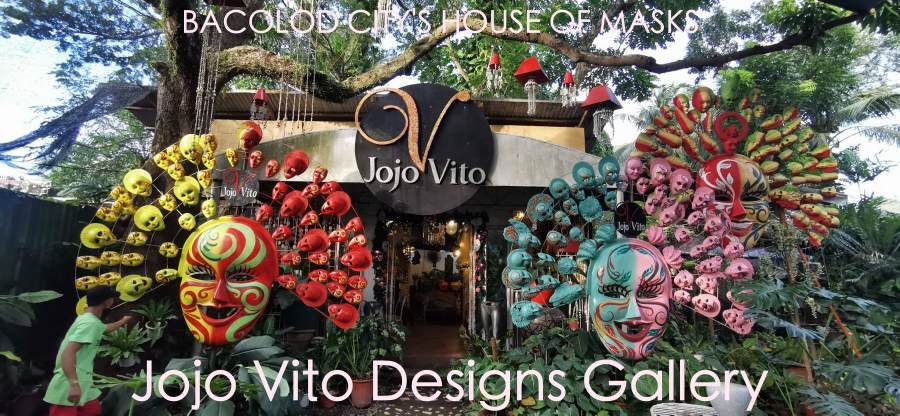
Multi-Channel Campaign Planning & Media Relations
Table of Contents
Multi-Channel Campaign Planning & Media Relations: A Comprehensive Guide for Strategic Integration
In the contemporary marketing and communication landscape, the complexity and diversity of channels require a meticulous and unified approach to multi-channel campaign planning and media relations. Planning and executing campaigns that integrate both digital and traditional media is critical for maximizing reach, engagement, brand credibility, and campaign effectiveness. This comprehensive guide explores the strategic selection and integration of media channels, relationship-building with journalists and influencers, leveraging media coverage through digital amplification, and the intentional mix of paid, earned, shared, and owned media. It also includes a detailed workshop framework for designing an impactful multi-channel launch plan.
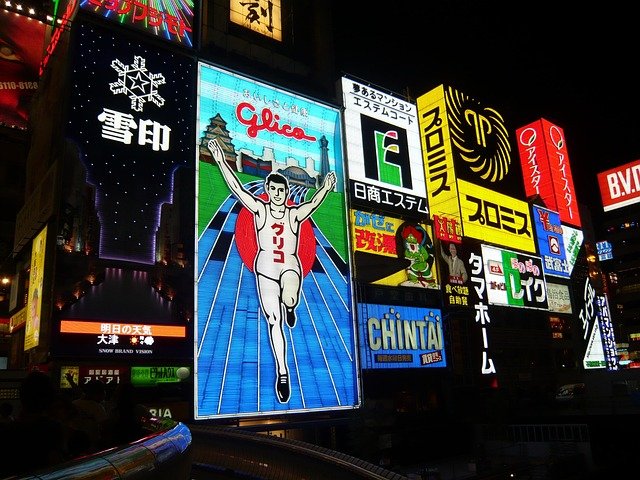
Selecting and Integrating Digital and Traditional Media Channels [ Multi-Channel Campaign Planning & Media Relations ]
Understanding the Full Media Landscape
The media environment blends a wide spectrum of channels:
- Digital Media Channels: Common examples include social media platforms (Facebook, Instagram, LinkedIn, Twitter, TikTok), search engine marketing (Google Ads, Bing Ads), websites and blogs (owned media), email marketing, podcasts, and partnerships with influencers.
- Traditional Media Channels: These cover press releases distributed to media outlets, TV and radio broadcasts, print newspapers and magazines, outdoor advertising such as billboards and transit ads, and event sponsorships or experiential marketing.
Research continually shows the lasting influence of traditional mass media like television and print, particularly in delivering trust and broad reach, alongside the dynamic, targeted opportunities of digital channels. Planning must effectively integrate these channels to sustain brand consistency and audience engagement across all consumer touchpoints.
Audience Research and Data-Driven Channel Selection
Robust audience research forms the foundation of channel selection. Marketers must analyze demographic and psychographic data, user behaviors, and content consumption patterns to identify where their target groups are most engaged. For instance, younger audiences may prefer TikTok and Instagram’s short-form video content, while professionals might prioritize LinkedIn or industry podcasts.
This consumer-centric approach ensures the media plan places brand messages strategically, respecting audience preferences and leveraging the strengths of each channel.
Channel Integration Strategy
Multi-channel campaigns require coherent messaging and branding unified across channels, but also adaptable in format and tone to suit each platform’s unique mode of engagement. The core campaign concept can be expressed differently yet consistently, for example:
- A press release summarizing key campaign news.
- Blog posts offering in-depth thought leadership or product explanations.
- Social media snippets are designed for quick consumption and sharing.
- Paid advertisements are targeted precisely based on data insights.
- Influencer content adds authenticity and engagement resonance.
The goal is seamless storytelling that respects each channel’s conventions yet delivers a recognizable brand voice and narrative throughout the consumer journey.
Avoiding Organizational Silos
Collaboration across marketing, PR, digital, and creative teams is pivotal. Silos disrupt unified campaign execution and hinder data sharing. Employing integrated marketing platforms, centralized content calendars, and shared analytics dashboards promotes real-time coordination, ensuring cohesive campaign rollout and enabling comprehensive performance measurement.
Strategic Media Outreach: Building Relationships with Journalists and Influencers
Identifying Relevant Journalists and Influencers
Successful media relations start with precision targeting:
- Categorize journalists by their editorial focus (beats) and audience demographics, prioritizing those regularly covering your industry or topic.
- Identify influencers aligned in values, audience composition, and content style with your campaign goals, ensuring authenticity and relevance.
Building Trust and Long-Term Relationships
Trust grows from personalized, respectful engagement:
- Tailor pitches with story angles relevant to each journalist’s or influencer’s interests.
- Offer exclusives, early access, or valuable content opportunities.
- Engage with them meaningfully on social platforms before pitching to build familiarity.
Sincere, reciprocal relationships increase chances of coverage and advocacy beyond transactional interactions.
Effective Communication Practices
Respect journalists’ and influencers’ time with professionalism and clarity. Keep pitches concise but informative, highlighting newsworthiness or value. Follow up courteously without becoming intrusive.
Leveraging Influencer and Media Networks
Earned media placements and influencer endorsements serve as social proof, essential in building audience trust. Amplify these mentions by sharing earned media across owned channels and supporting posts with paid ads to extend reach, creating a ripple effect of visibility and credibility.
Leveraging Media Coverage in Digital Campaigns (SEO, Social Proof)
Amplifying Earned Media
Earned media (articles, interviews, reviews) epitomize third-party endorsement and significantly boost brand credibility. Utilize SEO best practices by including backlinks to your website and optimizing landing pages that capture visitor interest sparked by media exposure.
Social Proof Integration
Sharing positive media features, influencer testimonials, and related user-generated content on owned digital platforms reinforces audience trust and engagement. Social proof leverages the psychological principle of conformity, enhancing the persuasiveness of campaign messaging.
SEO Benefits
Backlinks from authoritative media sources improve domain authority, contributing to higher search engine rankings. Credible media mentions combined with keyword-optimized content create a virtuous cycle, driving traffic and conversions.
Monitoring and Analytics
Employ analytics tools to measure website traffic spikes, social engagement metrics, and sentiment analysis linked to media placements. This data informs ongoing campaign refinement and guides future media relations strategies.
Paid, Earned, Shared, and Owned Media: Strategic Mix for Reach and Credibility
Understanding the PESO Model
The PESO model offers a foundational framework for media integration:
- Paid Media: Paid advertisements and sponsored content designed to reach target audiences promptly, including PPC, social media ads, and display advertising.
- Earned Media: Volunteer media coverage earned through PR efforts—media articles, interviews, influencer mentions.
- Shared Media: Content distributed and engaged with in social networks—shares, comments, conversations.
- Owned Media: Controlled content assets such as websites, blogs, and email newsletters.
Successful campaigns create synergy by aligning these media types: [ Multi-Channel Campaign Planning & Media Relations ]
- Owned media forms the content hub.
- Paid media amplifies owned and earned content.
- Earned media serves as trusted endorsements.
- Shared media multiplies distribution and engagement through communities.
Strategic Application
Launch efforts might start with robust owned content (blog posts, landing pages), amplified by paid advertising, enhanced by earned coverage through media outreach, and energized by shared social media buzz via influencers and audiences.
Benefits of PESO Integration
- Broad, diversified audience reach.
- Heightened credibility from trusted sources.
- Improved SEO and organic traffic.
- Deeper user engagement through community participation.
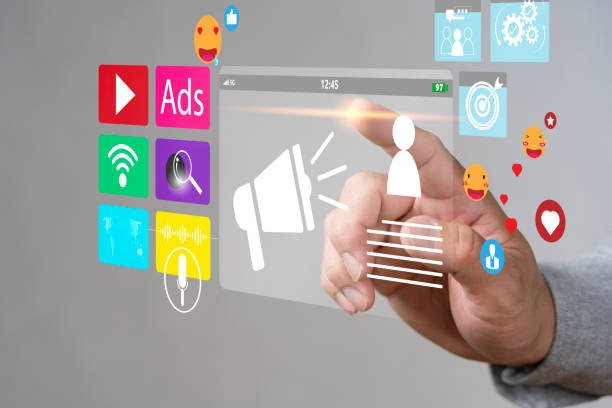
Workshop: Designing a Multi-Channel Launch Plan [ Multi-Channel Campaign Planning & Media Relations ]
Effective multi-channel campaign planning requires systematic steps that guide you from goal setting to measurement and optimization. This workshop expands each step with clear instructions and practical examples, plus a handy template at the end to facilitate immediate use.
Step 1: Define Campaign Objectives
What to do:
Set clear, focused goals that define what the campaign intends to achieve.
Why:
Objectives direct every decision—ensuring your campaign remains focused and effective.
How:
Use SMART criteria: Specific, Measurable, Achievable, Relevant, and Time-bound.
Example:
- Increase brand awareness by 20% among females aged 25-40 in 6 months.
- Generate 500 qualified leads before quarter-end.
- Achieve $50,000 in sales within 3 months.
Step 2: Audience Segmentation
What to do:
Divide your audience into meaningful groups based on demographics, behaviors, and media habits.
Why:
Targeted messaging and channel use increase engagement and ROI.
How:
Use data from surveys, analytics, and market research.
Example:
- Segment 1: Millennials, active on Instagram/TikTok, interested in eco-friendly products.
- Segment 2: Professionals, frequent LinkedIn users, prefer detailed content.
- Segment 3: Seniors consume traditional media like TV and newspapers.
Step 3: Channel Selection and Content Planning
What to do:
Choose digital and traditional channels that best reach each segment.
Why:
Optimizes reach, budget, and messaging effectiveness.
How:
Match channel strengths and audience preferences; plan appropriate content formats.
Example:
- Millennials: Influencer videos on TikTok, Instagram Stories, blog posts.
- Professionals: LinkedIn articles, email newsletters, webinars.
- Seniors: Print ads, radio spots.
Step 4: Content Development
What to do:
Create a central campaign theme adaptable to all channels.
Why:
Consistency builds brand identity while adaptability respects channel uniqueness.
How:
- Develop key messages.
- Produce multiple content types (video, blog, press release, social posts).
- Set brand tone and style guidelines.
Example:
Theme: “Empowering Sustainability Every Day”
- Blog: “5 Easy Ways to Live Sustainably”
- Video: Influencer eco routine.
- Press release: Product launch tied to environmental benefits.
Step 5: Media Outreach Strategy
What to do:
Develop personalized campaigns to engage journalists and influencers.
Why:
Earned media from trusted voices expands reach and credibility.
How:
- Identify relevant journalists and influencers.
- Craft targeted, personalized pitches.
- Offer exclusives and early access.
Example:
- Tech launch: Product demos for tech journalists.
- Health campaign: Collaborate with wellness influencers.
Step 6: Paid Media Allocation
What to do:
Strategically assign your budget to paid media channels.
Why:
Boosts visibility and targets segmented audiences effectively.
How:
- Analyze channel ROI.
- Allocate spending by platform and key campaign moments.
Example:
- 50% to Instagram/Facebook ads targeting millennials.
- 30% for Google Search ads on intent keywords.
- 20% sponsored industry content.
Step 7: Integration and Scheduling
What to do:
Coordinate all campaign activities on a shared calendar.
Why:
Ensures smooth execution, message consistency, and maximum impact.
How:
- Establish a timeline with launch dates, posts, ads, and events.
- Use collaboration tools like Google Calendar, Asana, or Trello.
Example:
- Week 1: Press release + social teasers.
- Week 2: Influencer videos + ads live.
- Week 3: Webinar + blog series.
- Week 4: Retargeting ads + follow-up emails.
Step 8: Measurement and Optimization
What to do:
Set KPIs, track results, and refine your campaign for better outcomes.
Why:
Data-driven decisions improve ROI and future campaigns.
How:
- Define KPIs linked to objectives (impressions, clicks, conversions).
- Monitor with analytics tools (Google Analytics, social insights).
- Optimize budget/messaging based on performance.
Example:
- Target: 100,000 impressions, 1,000 leads, 10 media hits.
- Weekly data shows Instagram outperforms Facebook → shift budget.
- Low webinar attendance → reschedule, promote further.
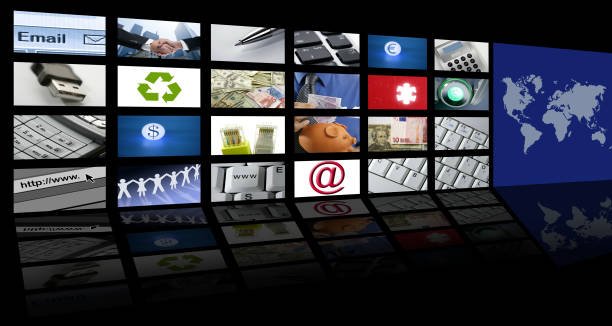
[ Multi-Channel Campaign Planning & Media Relations ]
Multi-Channel Launch Plan Template
| Step | Task Description | Responsible Team | Deadline | Notes / Examples |
| 1. Define Campaign Objectives | Set SMART goals (e.g., Increase brand awareness by 20%) | Marketing Lead | [Date] | Example: Generate 500 leads in 3 months |
| 2. Audience Segmentation | Segment audience by demographics & media habits | Research Team | [Date] | E.g., Millennials prefer Instagram/TikTok |
| 3. Channel Selection & Planning | Select channels & plan content per segment | Media Planner | [Date] | Instagram videos, LinkedIn articles, and Print ads |
| 4. Content Development | Create a central theme and content variations | Creative Team | [Date] | Theme: “Empowering Sustainability” |
| 5. Media Outreach Strategy | Identify & pitch journalists/influencers | PR Team | [Date] | Offer exclusives to tech influencers |
| 6. Paid Media Allocation | Allocate budget to paid channels & plan spend timing | Media Buyer | [Date] | 50% Instagram ads targeting millennials |
| 7. Integration & Scheduling | Build a shared calendar for all deliverables | Project Manager | [Date] | Week 1: Press release, Week 2: Influencers launch |
| 8. Measurement & Optimization | Define KPIs, track metrics, adjust tactics | Analytics Team | Ongoing | Monitor leads, impressions, and optimize the budget |
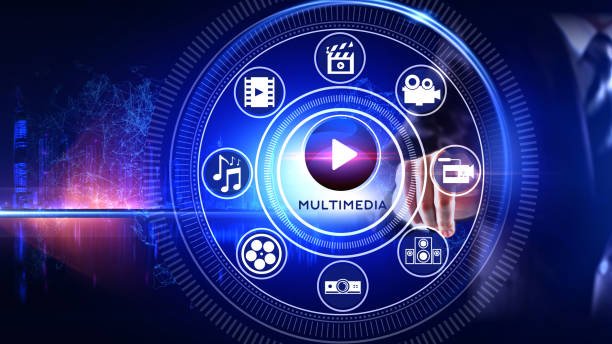
References
- Agostini, J.M. (1961). “How to estimate unduplicated audience.” Journal of Advertising Research, 1(3), 24-27.
- Armstrong, G. (2009). Marketing. Harlow: Prentice Hall.
- Beakbane, T. (2012). Integrated Marketing Communication. London: Simon and Schuster.
- Marketing Evolution. “What is Multi-Channel Marketing?” MarketingEvolution.com, 2019. https://www.marketingevolution.com/marketing-essentials/what-is-multi-channel-marketing
- Mosca, F., & Casalegno, C. (2020). “Integrated Media Channel Planning: Bridging Traditional and Digital.” Journal of Brand Communication.
- Meltwater. “Owned, Earned, Paid & Shared Media Explained.” Meltwater Blog, 2024. https://www.meltwater.com/en/blog/owned-earned-paid-shared-media-explained
- Harvard Business School Online. “Paid vs. Owned vs. Earned Media: What’s the Difference?” HBS Online, 2024. https://online.hbs.edu/blog/post/paid-owned-earned-media
- Indeed Editorial Team. “How To Build an Effective Multi-Channel Marketing Campaign.” Indeed.com, 2025. https://www.indeed.com/career-advice/career-development/multi-channel-marketing
- Red Banyan. “Amplifying PR Impact with Owned, Earned, Paid and Shared Media.” RedBanyan.com, 2025. https://redbanyan.com/blog/peso-model-pr-media
- Investopedia. “Understanding Digital Marketing: Key Types, Channels, and Examples.” Investopedia, 2024. https://www.investopedia.com/terms/d/digital-marketing.asp
- Sissors, J.Z., & Baron, R.B. (2010). Advertising Media Planning. McGraw-Hill.
- Young, S. (2016). “Media Channel Integration for Brand Communication.” Journal of Marketing Communications, 22(4), 345-361.
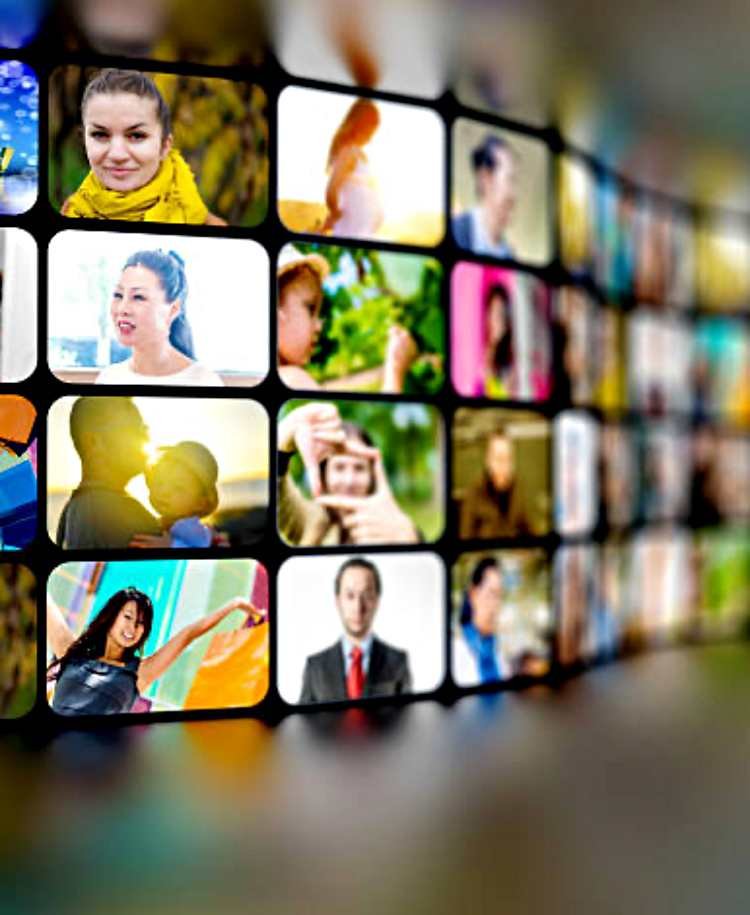
[ Multi-Channel Campaign Planning & Media Relations ]
More Stories
- Innovation Through Design Thinking
- Opportunities and Challenges of Entrepreneurship | Global World
- Talisay Coastal Cleanup | Negros Power Ignites Hope and Action
- Typhoon Crising: Negros Power’s Emergency Response
- Strategic Content Creation & Storytelling
- Starting a New Business: A Practical Guide for Beginners
- Foundations of Innovation Management
- Digital Marketing ,Public Relations | The Fundamentals
- Anti-Pilferage Drive | Negros Power Slashes System Losses
- Personal Power : Stabbed but Still Slaying
- Mister Supranational 2025: France Triumphs, Philippines is 4th RU
- Transformative Trainings For Victorias Scholars | Two Seminars, One Mission
- Miss Supranational 2025 | Philippines Placed 3rd Runner – UP



